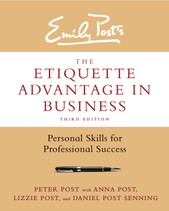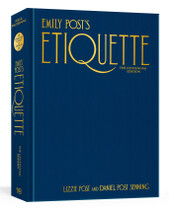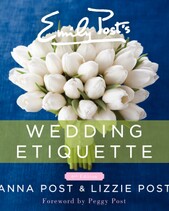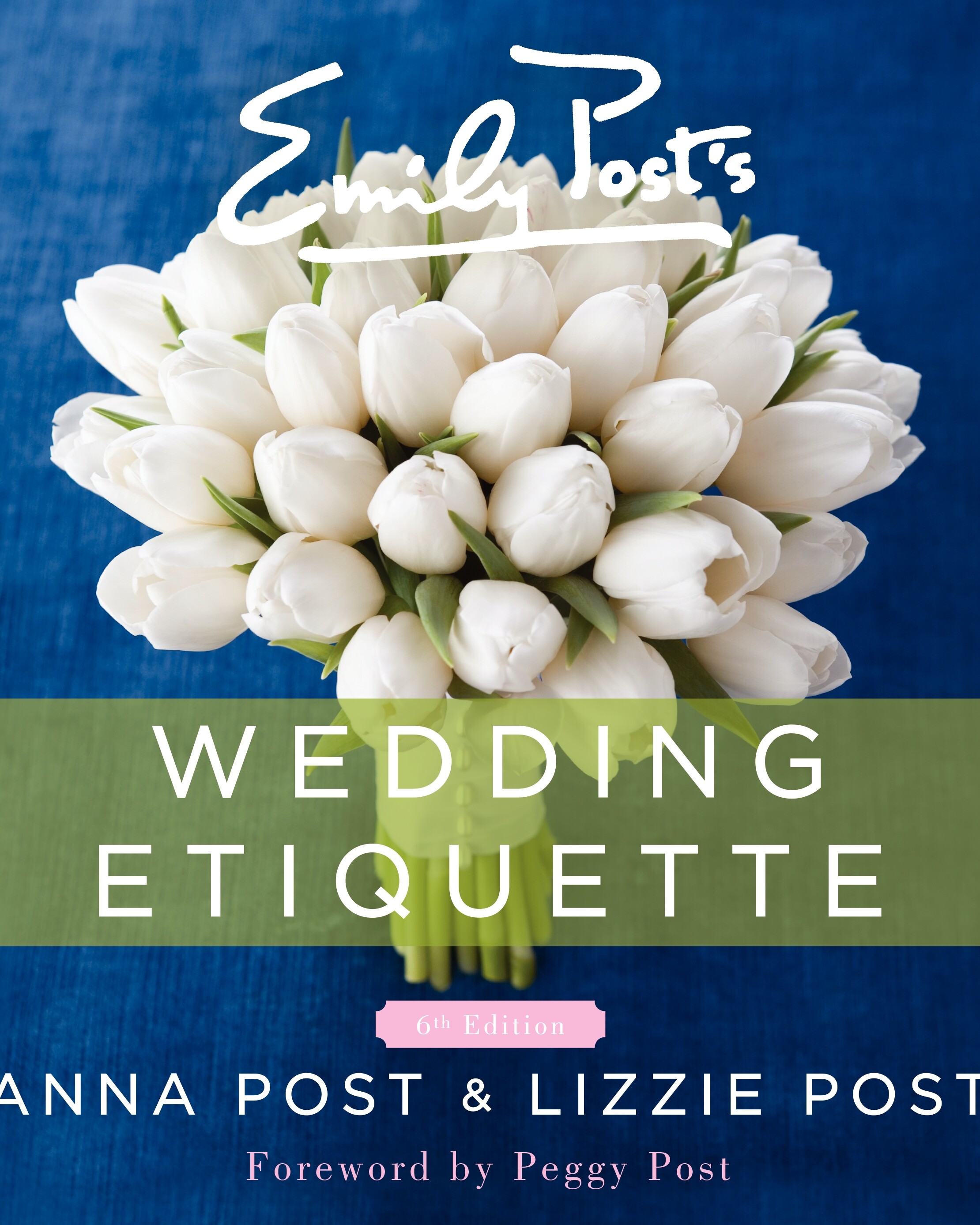
Inside Weddings: Dividing Wedding Expenses

Traditions are very much a part of etiquette, and most are around for good reason. White wedding gowns, bouquets of roses, dancing to live music, fluffy towers of frosted cake—these are all inherent elements of the classic wedding. Following tradition is a way to participate in our culture and show respect for the generations who came before us. They’re also often rooted in common sense: As generation after generation of couples get married, the reasonable and most practical solutions to wedding questions become standard and expected.
That said, you should only turn to tradition if it is going to be meaningful or helpful to you. One of the biggest questions about wedding etiquette comes at the intersection of tradition and wedding budgets, and with good reason. The topic of money can be touchy, and no one wants to inadvertently offend.
Traditional Division of Expenses
The days when the bride’s parents were expected to bear all of the expenses of the wedding and reception are over. Today, traditional budgeting often no longer makes sense, and it’s perfectly okay to look to other options to create a modern spending plan. It may take a mix of people contributing different amounts to create a plan that’s right for your dream wedding. What exactly that mix may look like doesn’t matter; what does matter is that everyone involved talk over these arrangements—and how you all plan on sharing the financial investment—as early in the planning process as possible.
Traditionally, the breakdown of expenses was very clear: The bride’s family paid for the groom’s ring, engagement party, the wedding and reception, a brunch the next day, and a belated reception (if there was one). The groom’s family financed the rehearsal dinner, the officiant’s fee, marriage license, and the groom paid for the bride’s engagement and wedding rings and honeymoon. The bride—lucky lady—just showed up for it all.
Modern Solutions
Today, any combination of financing—short of asking your guests for contributions to the budget as their wedding present—is okay. Some common resolutions today are for the couple to pay for everything; for the bride’s family to pay for half and the groom’s family for half; or, for the couple to pay one third and each side of the family fund another third. If another combination works best for you, then it’s the right one.
The budget conversation can be initiated by any of the key participants: "Mom, Andrew and I were hoping we could talk with you and Dad about the wedding budget," or, "Kids, let's find a time to sit down and go over the expenses for the big day."
These financial conversations usually involve the couple, their parents, and any stepparents, though depending on your family and culture, siblings, grandparents, and/or other close relations may also play a role. The first and most important step is to find out who is willing to pay for what, and how much everyone is able to contribute, which in turn will provide you with an overall spending limit with which to work.
Preparation
It’s important that everyone joins the conversation prepared. Know how much you can afford to contribute, and be realistic about your expectations. Once you’re talking, it’s important to always be appreciative of any assistance, respectful of other’s financial situations, honest about your own finances and expectations, and willing to compromise.
The Power to Veto
As fiscal responsibilities have become combined, no matter the size of the spending limit, new questions of who has the final say have arisen. Parents need to remember that the wedding belongs to the couple, regardless of who is paying. Parents can make suggestions, but the specific choices of colors, food, flowers, music, and design are up to the bride and groom. In turn, the couple needs to be respectful of any limits. Pushing the boundaries of any financial agreement can result in conflict.
Peripheral Expenses
Other wedding-expense traditions have held true over the years. The wedding shower host or hosts pay for the shower. Interestingly, bridesmaids have never been “required” to host a shower; however, it’s a popular solution, as they often both want to do the hosting and it makes the most sense for them to do so. Today, anyone except the couple themselves can throw the wedding shower. As for bridesmaids and groomsmen: They pay for their clothing and shoes (renting, purchase, and alterations) and travel expenses to the wedding. Their lodging and flowers are covered as part of the overall wedding budget. Whether you bow to tradition on this one or come up with a new solution, discuss financial expectations with your wedding party early on, so your bridesmaids and groomsmen will know what they are signing up for.
Traditions make weddings special, and a spending plan should be something that facilitates these traditions, not a burden to be held against an old and outdated standard.
This article originally appeared in Anna Post's column in the Fall 2009 issue of Inside Weddings.










